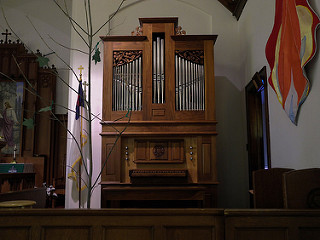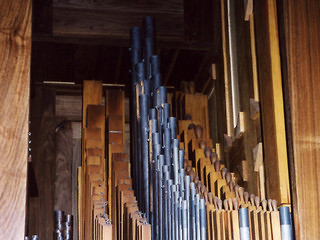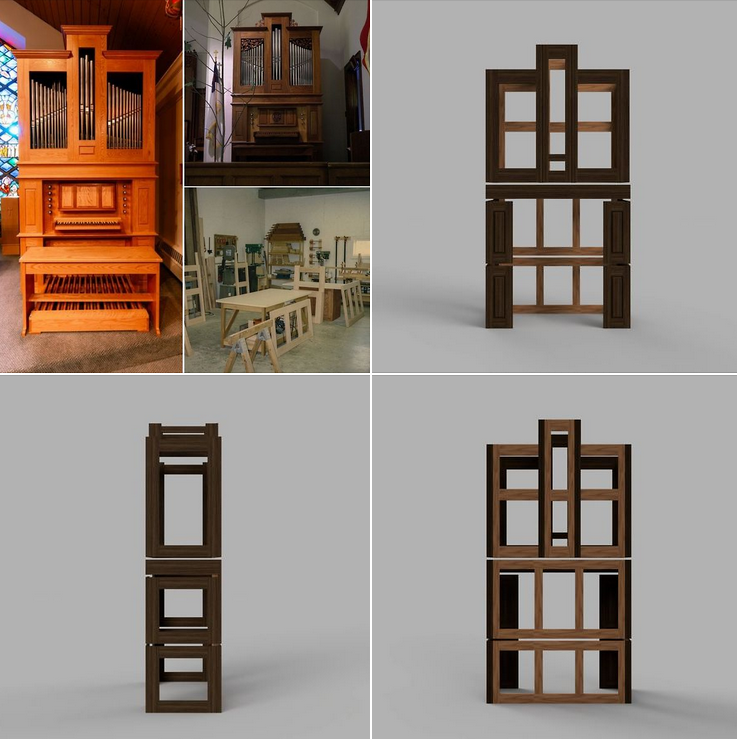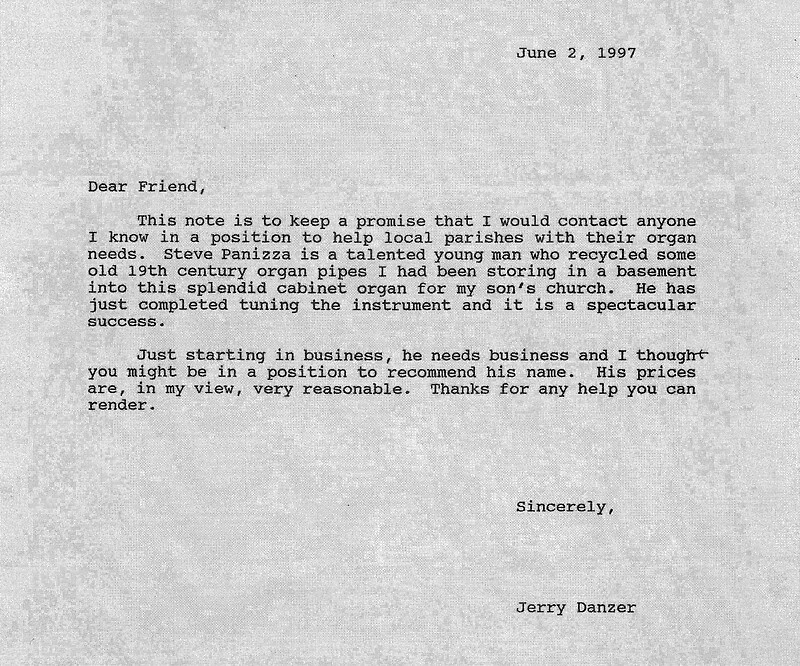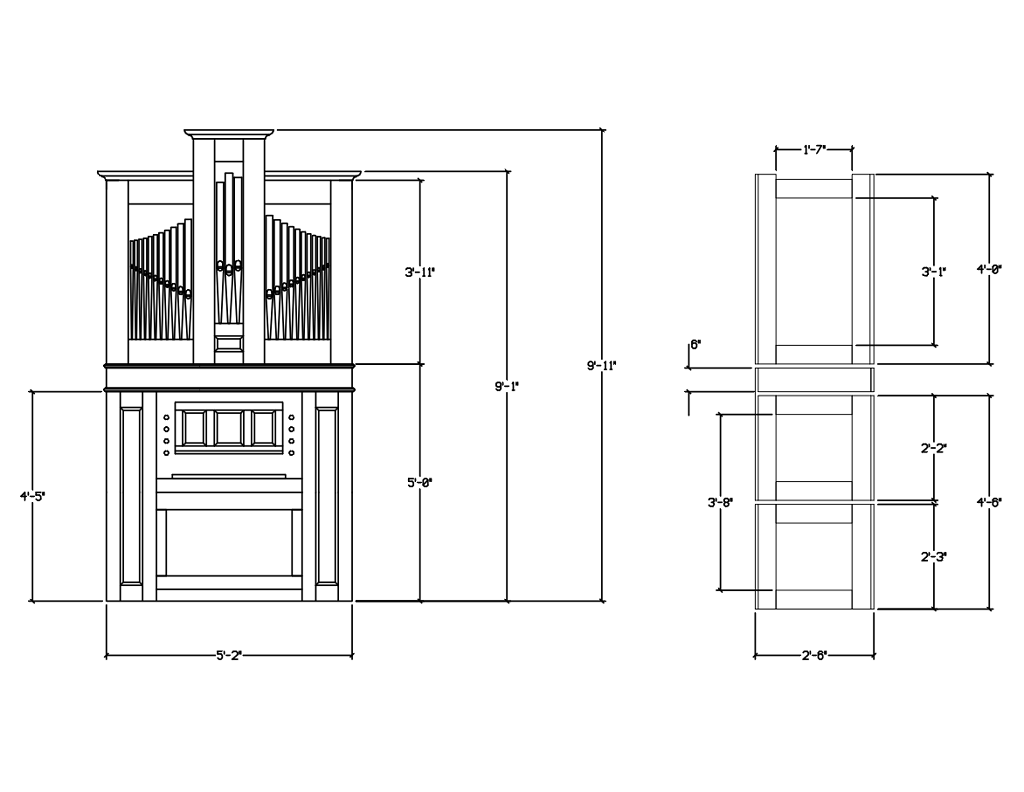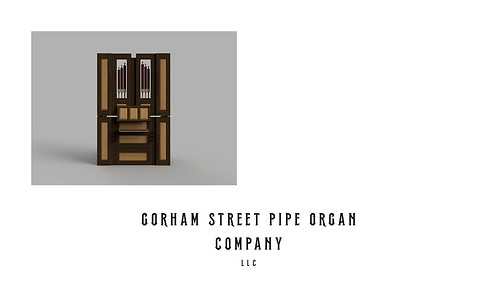Panizza Organ |
by Steve Panizza
Let me begin the story of the first instrument I built as an independent builder with a church that, either unwilling or unable to remain relevant, closed. An Apostolic congregation purchased the building and, having no use for it, subsequently advertised the pipe organ located within for sale. Milwaukee organ builder John Miller removed the organ and placed it in storage.
“Steve has taken a scientific, logical, and practical approach in designing and building his instruments, and it was the voicing that ultimately won me over to rescue this (Steve's first) instrument from the closed Racine parish upon the sale of their building.”
- John Miller
I correctly used the material I had on hand to build an organ to accompany a congregation of modest means in singing hymns since the church used a piano to accompany the choir and voices. But with a much-needed 4' principal stop added to re-recycled material from this instrument, I cost-effectively produce a far more versatile first example of my novel 43-note 19th-century continuo architecture.
We welcome inquiries.
A Repurposed Tonal Design
The tonal design for this organ follows that of the late baroque southern German tradition while three sets of reused pipes provided motivation for the construction of this new instrument. Stored in a basement for a number of years, pipes available for the taking were about all that was left of value from an old church organ. Their late Victorian character held much promise for reuse, and I built this organ to incorporate them.
The exact date and origin of the old pipes is unknown despite some research. Their construction suggests that they were probably made between 1890 - 1910.
Hohlpfeife 8' (old pipes, divided at tonal-f)
Viol 8' (old pipes, from tonal-f)
Flaut 4' (old pipes, open wood)
Octav 2' (new pipes)
Quint 1 1/3' (new pipes)
51 note manual
27 note pull-down pedal
